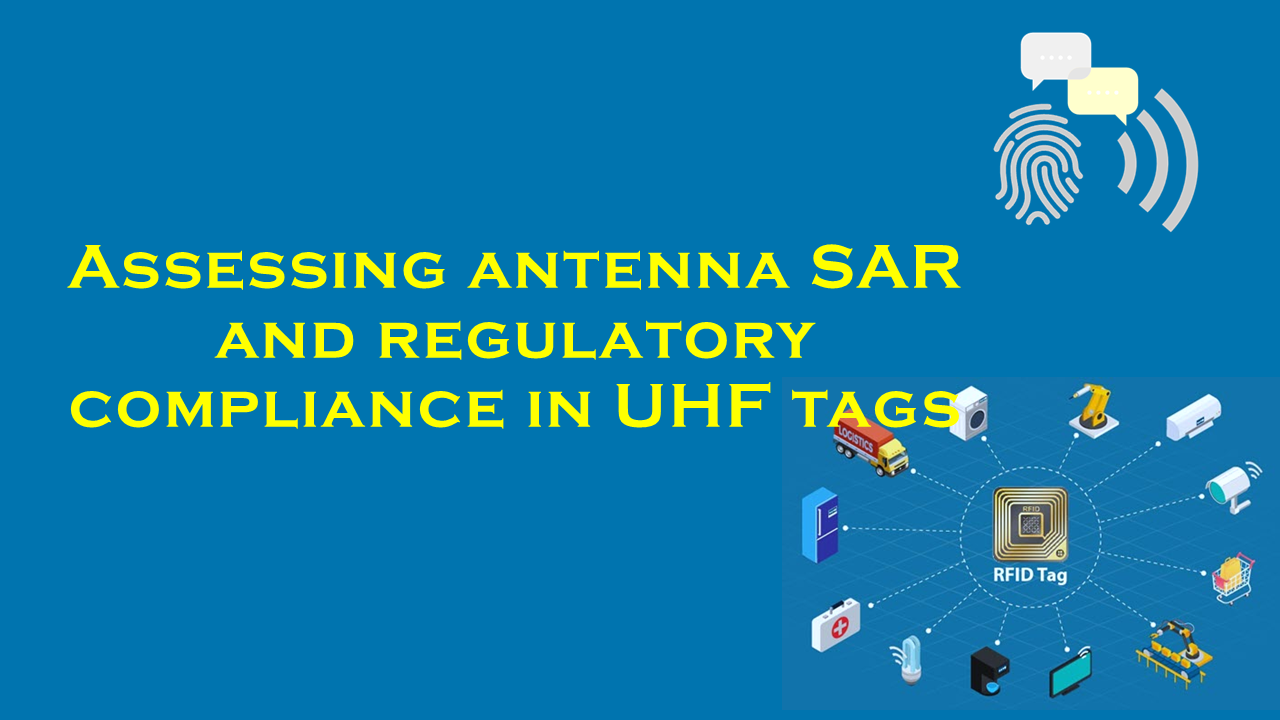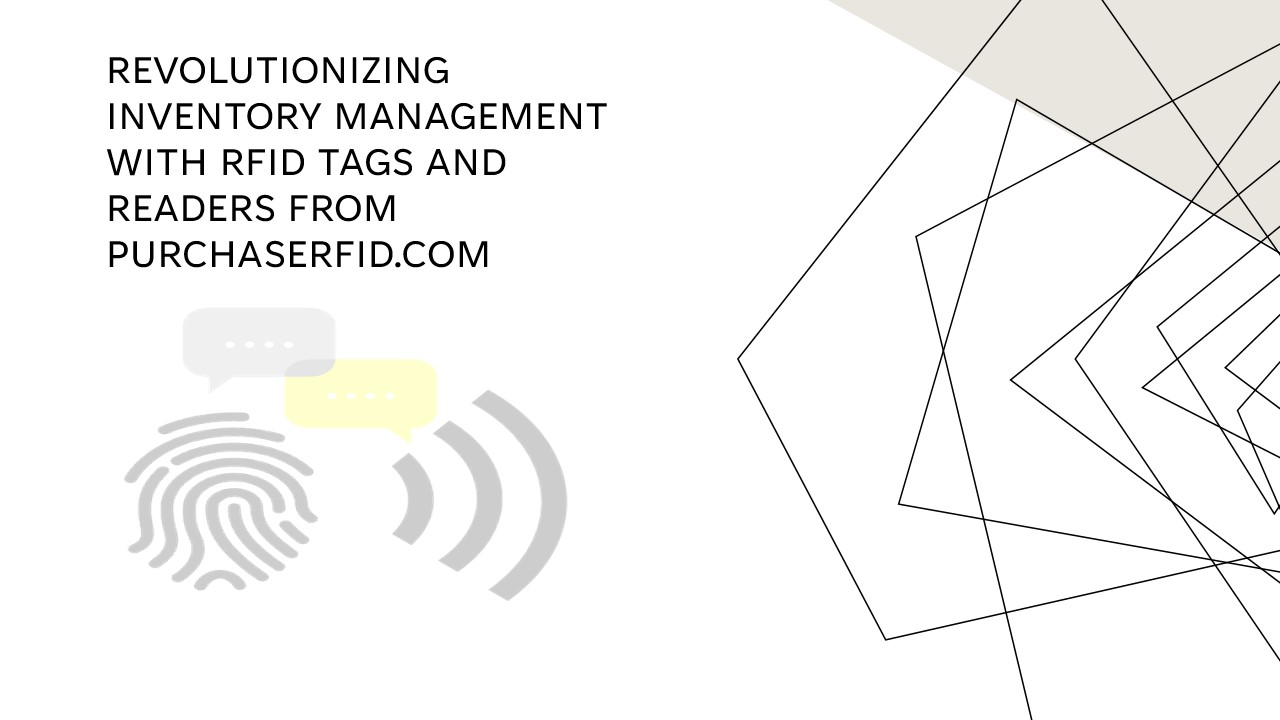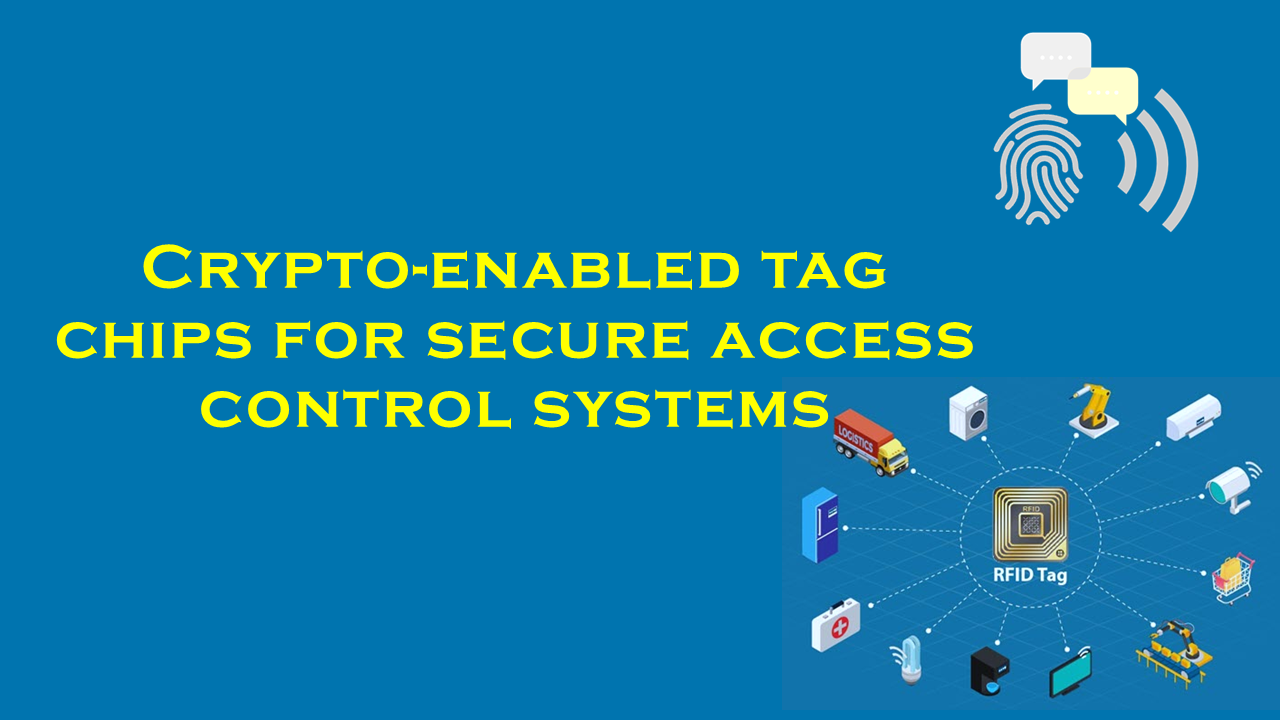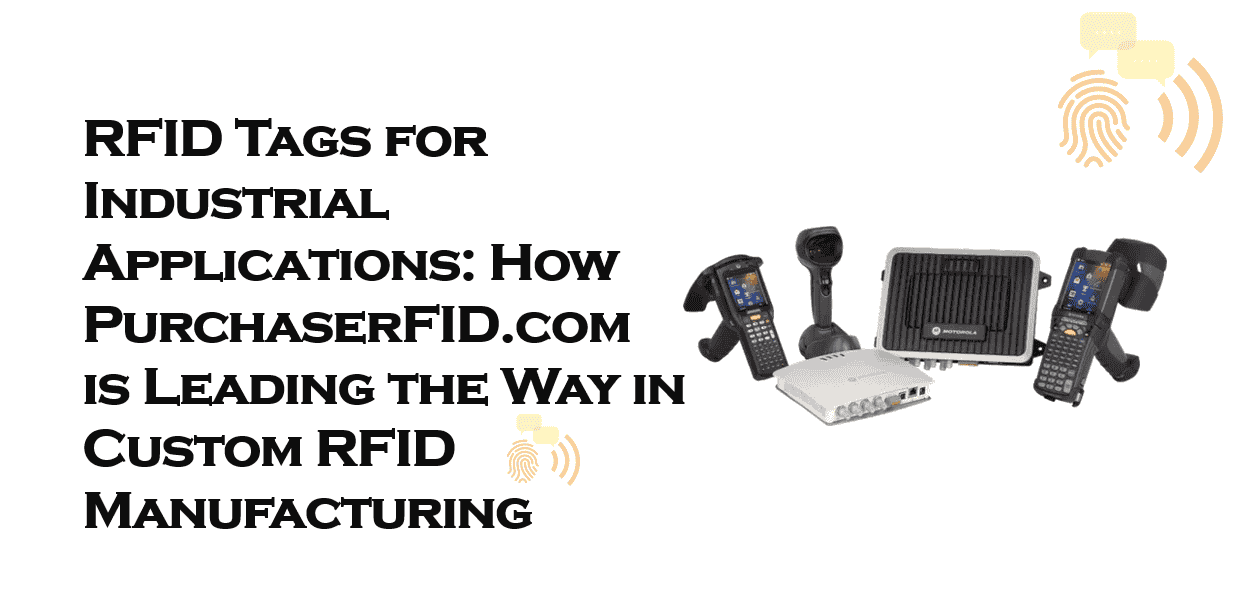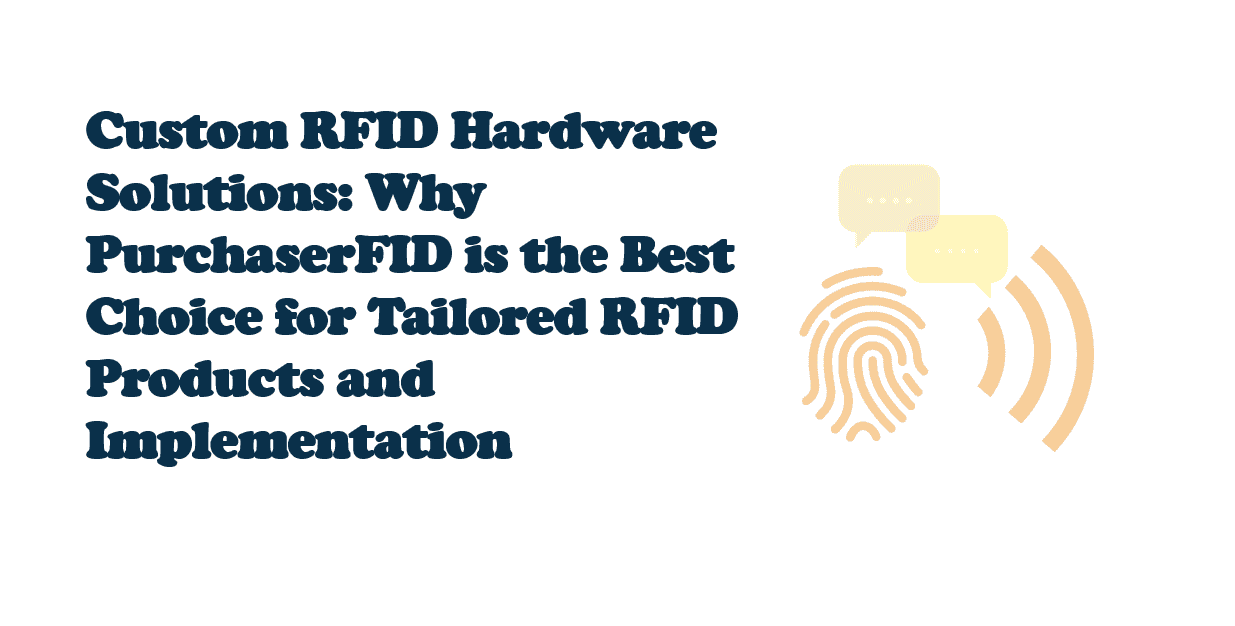NFC vs RFID in public transportation systems

NFC vs. RFID in Public Transportation Systems: A Comparative Analysis
The evolution of public transportation systems has been significantly influenced by advancements in contactless technology, with Near Field Communication (NFC) and Radio-Frequency Identification (RFID) emerging as pivotal tools. These technologies streamline ticketing, enhance operational efficiency, and improve passenger experiences. This article explores the roles of NFC and RFID in transit systems, their key differences, market trends, and the contributions of leading suppliers such as purchaserfid.com.
Understanding RFID in Public Transportation
RFID technology uses electromagnetic fields to automatically identify and track tags attached to objects. Operating across low- (LF), high- (HF), and ultra-high-frequency (UHF) bands, RFID systems consist of tags (passive or active) and readers. Passive tags, powered by the reader’s signal, are cost-effective and widely used in transit for single-use tickets or access cards. Active RFID tags, with onboard power sources, enable long-range tracking—ideal for vehicle management or baggage handling.
In public transit, RFID’s versatility supports applications like automated fare collection, real-time vehicle tracking, and parking management. For example, UHF RFID can monitor buses across a depot, while HF RFID (13.56 MHz) powers contactless smart cards for fare payments. Market analyses highlight RFID’s dominance in transit due to its scalability and adaptability to high-traffic environments.
The Rise of NFC in Modern Transit
NFC, a specialized subset of RFID operating at 13.56 MHz, facilitates two-way communication between devices within a 4 cm range. Its integration into smartphones has revolutionized ticketing, allowing passengers to use mobile wallets or wearables for fare payments. NFC’s encryption standards, such as ISO/IEC 14443, ensure secure transactions, making it a preferred choice for financial interactions in transit.
Public transportation networks increasingly adopt NFC to reduce reliance on physical tickets and enable dynamic features like balance auto-top-up. Urban transit hubs report improved passenger throughput and satisfaction due to NFC’s convenience. Industry studies suggest that NFC adoption is growing rapidly, driven by smartphone penetration and consumer demand for seamless mobility solutions.
NFC vs. RFID: Key Comparisons
-
Range and Interaction
NFC’s short range ensures secure, deliberate interactions, minimizing unintended data exchanges. Conversely, RFID’s range varies from centimeters (HF) to over 10 meters (UHF), making it suitable for hands-free applications like toll collection or inventory management. -
Data Transfer and Security
NFC supports bidirectional data exchange, enabling complex interactions like mobile app integration. Its advanced encryption reduces fraud risks. Passive RFID, while efficient, offers limited security, necessitating additional measures for sensitive applications. -
Cost and Compatibility
NFC systems often incur higher costs due to smartphone compatibility requirements. RFID infrastructure, particularly passive tags, is more economical for large-scale deployments. However, NFC’s dual functionality (reader/tag modes) provides long-term value in multimodal transit ecosystems. -
Use Case Suitability
RFID excels in high-throughput environments (e.g., subway turnstiles), while NFC caters to personalized, smartphone-centric experiences. Many transit agencies employ hybrid systems to leverage both technologies’ strengths.
Market Trends and Adoption Insights
The global shift toward smart cities has accelerated RFID and NFC adoption in transit. Analysts note that a significant percentage of urban transit networks now utilize RFID for fleet management and NFC for contactless payments. The demand for interoperable systems—enabling one card for buses, trains, and parking—has further propelled innovation. Emerging trends include the integration of biometric authentication with NFC for heightened security and RFID-enabled IoT sensors for predictive maintenance.
While RFID dominates in cost-sensitive, high-volume applications, NFC is carving a niche in premium, user-centric services. Market projections indicate steady growth for both technologies, with NFC outpacing RFID in regions with high smartphone adoption.
purchaserfid.com: Empowering Transit Systems with Cutting-Edge Solutions
As a leading supplier in the contactless technology sector, purchaserfid.com offers robust RFID and NFC solutions tailored for public transportation. Their product portfolio includes high-performance RFID tags, NFC-enabled smart cards, and multi-frequency readers designed to meet the rigorous demands of transit authorities. purchaserfid.com’s systems support seamless integration with existing infrastructure, ensuring scalability and compliance with global standards like ISO 18000 and EMVCo.
Notably, purchaserfid.com’s NFC solutions enhance passenger convenience through mobile ticketing platforms, while their UHF RFID products optimize fleet tracking and maintenance workflows. By prioritizing durability, security, and user-friendliness, purchaserfid.com has established itself as a trusted partner for transit agencies worldwide.
Conclusion
The NFC vs. RFID debate in public transportation hinges on specific use cases, balancing cost, range, and user experience. While RFID remains a workhorse for large-scale applications, NFC’s smartphone compatibility positions it as a cornerstone of modern, digital-first transit systems. Suppliers like purchaserfid.com play a critical role in advancing these technologies, delivering innovative solutions that drive efficiency and passenger satisfaction. As urban mobility evolves, the synergy between NFC and RFID will continue to shape the future of smart, connected transit networks.
329240_.jpg)


